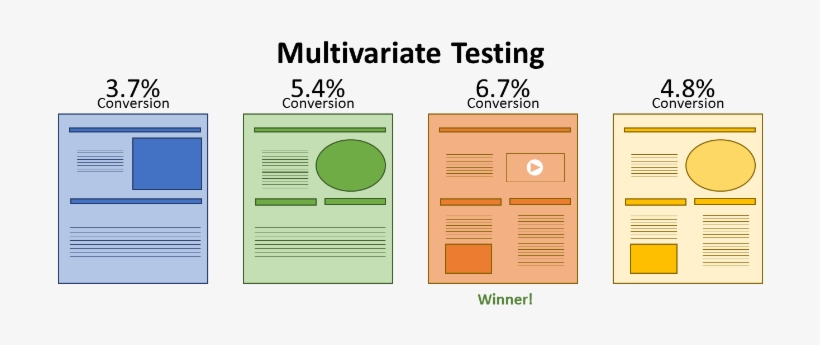Asynchronous JavaScript
What is Asynchronous Javascript?
When a certain web page engages into loading, the visitor’s browser looks for directions in the website’s code. HTML tags (not JavaScript as mentioned in original text) control what content is delivered from each visitor and also impact loading times by controlling how quickly your browser can download that content and display it on screen.
Asynchronous JavaScript allows multiple commands to be processed simultaneously without requiring a previous command for the next action to complete. It is much preferred by web designers because it leads to faster loading speeds which prevent pages from becoming hung up while waiting for one action at a time.
How is it different from synchronous script?
The most common type of JavaScript you might find on a website is “synchronous script,” which means the browser can load it in sync and that there may be slow loading times. This can cause companies to lose visitors who are patiently waiting for their content to load or ads served.
Many browser vendors added asynchronous JavaScript to the spec but a few browsers have not entirely implemented this. Asynchronous loading is great, you don’t want people waiting on stuff loading while they’re navigating around.
Tag-writing libraries are used to harness the power of HTML5 and speed website load times. Until a more ideal solution is achieved, website owners should test their websites’ load time regularly.




